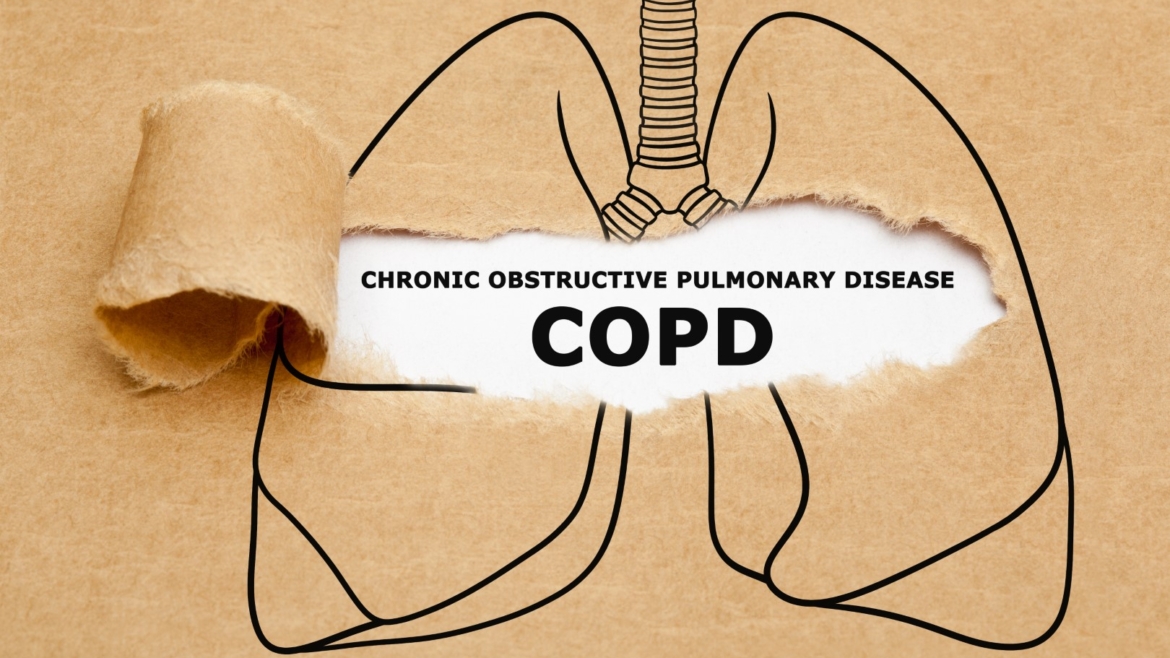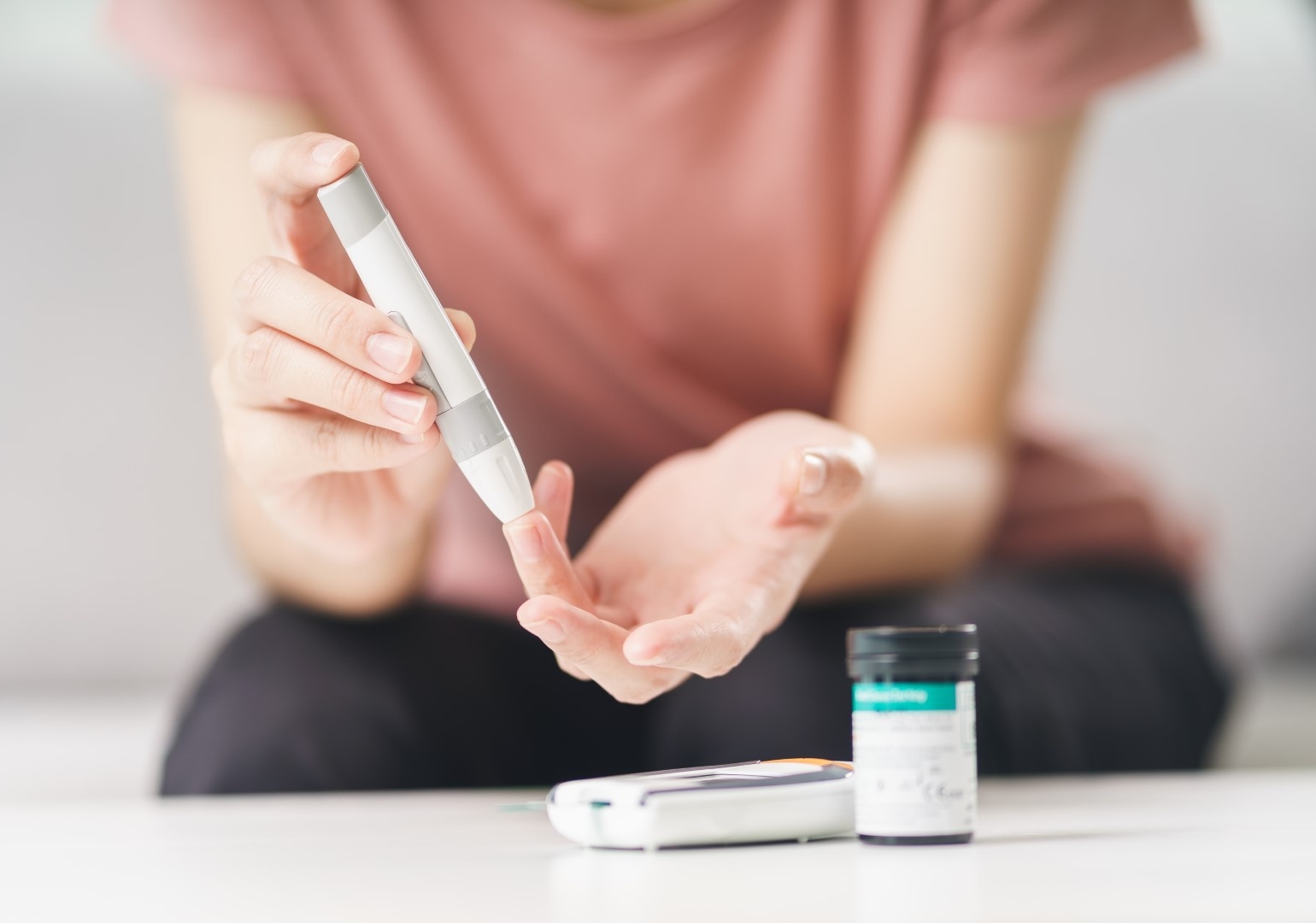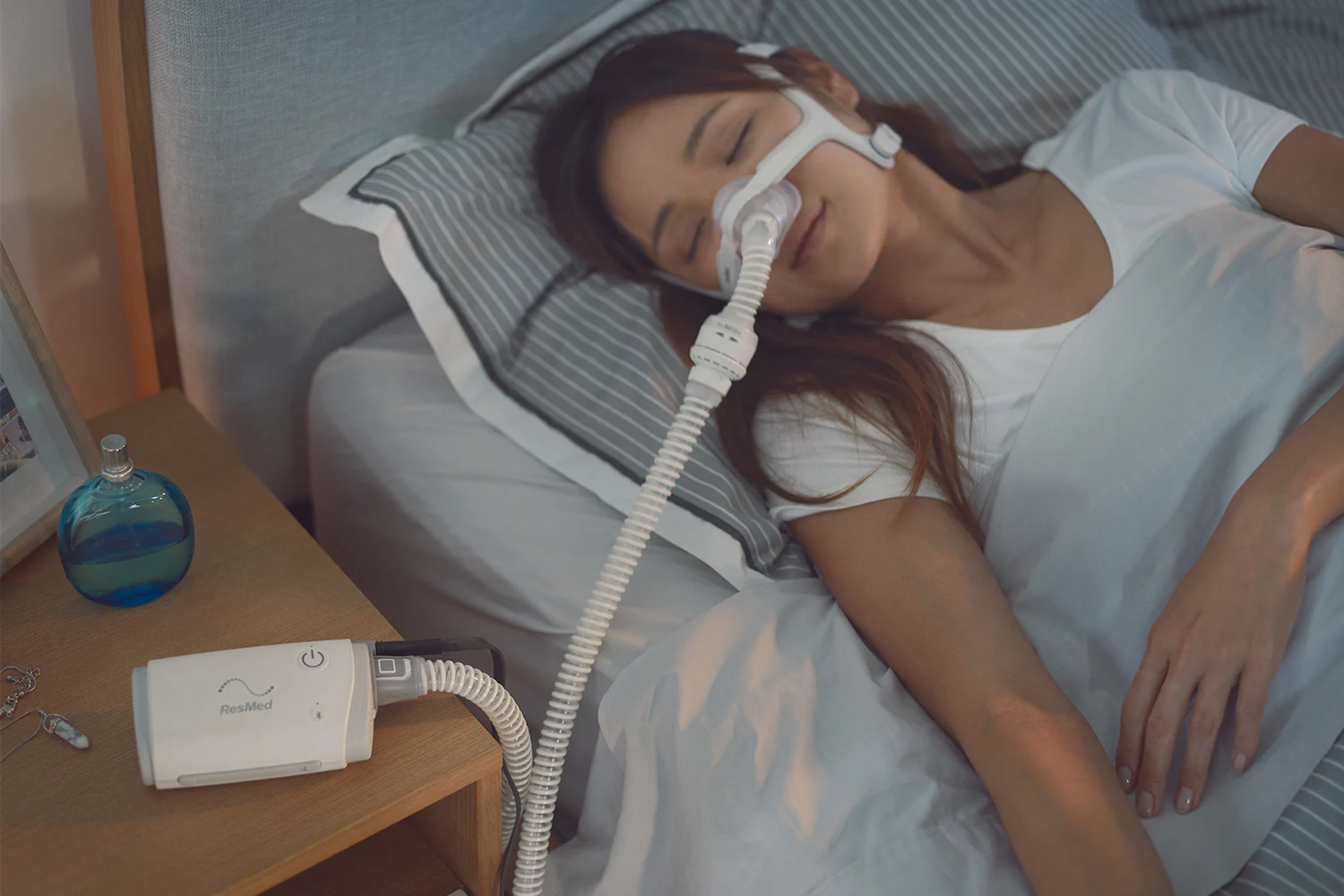How to Choose the Best Medical Equipment for COPD
COPD, or chronic obstructive pulmonary disease, is a lung condition that affects millions of people worldwide. It causes breathing difficulties, coughing, wheezing, and reduced quality of life. COPD can also increase the risk of other health problems, such as heart disease, lung cancer, and infections.
If you or someone you love has COPD, you may wonder what kind of medical equipment can help you manage your symptoms and improve your well-being. In this article, we will discuss five types of medical equipment that can be beneficial for people with COPD: rollators, CPAP, inhalers, nebulizers, and oxygen. We will explain what each device does, how it works, and how to use it safely and effectively.
Rollators
A rollator is a type of walker that has wheels, a seat, and a basket. It can help people with COPD who have trouble walking or get tired easily. A rollator can provide support, stability, and mobility for people with COPD, allowing them to move around more independently and comfortably.
A rollator can also help people with COPD conserve their energy and oxygen. By using a rollator, you can reduce the strain on your lungs and muscles, and rest whenever you need to. If your rollator comes equipped with a basket, you can also carry your oxygen tank or concentrator.
To correctly use a rollator, you should adjust the height of the handles to suit your posture and comfort. You should also make sure the brakes are working properly and the wheels are smooth. You should always wear comfortable shoes and avoid uneven or slippery surfaces. You should also follow your doctor’s advice on how much and how often you should walk with your rollator.
CPAP
CPAP, or continuous positive airway pressure, is a device that delivers pressurized air through a mask to your nose or mouth. It can help people with COPD who have sleep apnea, a condition that causes pauses in breathing during sleep. Sleep apnea can worsen COPD symptoms and increase the risk of complications.
CPAP devices can help people with COPD and sleep apnea by keeping their airways open and preventing oxygen levels from dropping during sleep. This can improve the quality and duration of sleep, reduce daytime sleepiness and fatigue, and lower blood pressure and heart rate.
To start using a CPAP device, you should consult with your doctor and get a prescription. You should also get a proper fitting and instruction from a sleep specialist or a respiratory therapist. Be sure to use your CPAP device every night and clean it regularly. You should also report any problems or side effects to your doctor such as dry mouth, nasal congestion, skin irritation, or noise.
Inhalers
Inhalers are devices that deliver medication directly to your lungs through a mouthpiece or a spacer. They can help people with COPD who have bronchospasm, a condition that causes the airways to narrow and become inflamed. Bronchospasm can cause shortness of breath, coughing, wheezing, and chest tightness.
There are two main types of inhalers for COPD: bronchodilators and corticosteroids. Bronchodilators relax the muscles around the airways and open them up, which makes it easier to breathe. Corticosteroids reduce the inflammation and swelling in the airways, preventing them from closing. Some inhalers combine both types of medication for better results.
To use an inhaler, you should shake it well and remove the cap. You should then exhale fully and place the mouthpiece or the spacer in your mouth. You should press the inhaler and inhale deeply and slowly at the same time. You should hold your breath for about 10 seconds and then exhale slowly. Make sure to repeat this process as prescribed by your doctor. You should also rinse your mouth with water after using your inhaler to prevent oral thrush, a fungal infection.
Nebulizers
Nebulizers are machines that convert liquid medication into a fine mist that you can inhale through a mask or a mouthpiece. They can help people with COPD who have difficulty using inhalers or need a higher dose of medication. Like inhalers, nebulizers can deliver bronchodilators and corticosteroids medication.
A nebulizer can help people with COPD by getting the medication deep into the lungs where it is needed most. This can improve the effectiveness and the duration of the treatment, as well as reduce the side effects and the risk of overdose.
To use a nebulizer, you should connect it to a power source and fill the cup with the prescribed medication. You then attach the mask or the mouthpiece to the cup and the tubing, turn the machine on, and adjust the flow rate as instructed. You should breathe normally and deeply through the mask or the mouthpiece until the medication is gone. Finally, turn the machine off and clean it according to the manufacturer’s instructions.
Oxygen
Oxygen is a gas that your body needs to function properly. It can help people with COPD who have low blood oxygen levels, a condition that causes shortness of breath, confusion, headache, and cyanosis (bluish skin or lips). Low blood oxygen levels can lead to damage in your organs as well as increase the risk of death.
Oxygen therapy can help people with COPD by increasing the amount of oxygen in their blood and improving oxygen delivery to their tissues. This can relieve their symptoms, increase exercise capacity, enhance quality of life, and prevent or treat complications.
There are two main types of oxygen devices for COPD: concentrators and tanks. Concentrators are machines that take air from the room and filter out the nitrogen, leaving only oxygen. Tanks are containers that store oxygen under pressure. Both devices can deliver oxygen through a nasal cannula (a tube with two prongs that fit in your nostrils) or a mask.
To being using oxygen therapy, you should consult your doctor and get a prescription. Be sure to get a proper fitting and instruction from a respiratory therapist or a home care provider. You should use your oxygen device as prescribed by your doctor. It’s necessary to adjust the flow rate and the duration of your oxygen according to your needs and activities. You should also check your oxygen device regularly and replace or refill it as needed. Always follow safety precautions, such as avoiding smoking, open flames, or flammable materials near your oxygen device.
Conclusion
COPD is a serious lung condition that can affect your breathing and your quality of life. However, with the right medical equipment, you can manage your symptoms and improve your well-being. We hope this article has helped you understand how to choose the best medical equipment for COPD. If you have any questions or concerns, please contact Sun Medical Equipment & Supplies today.



